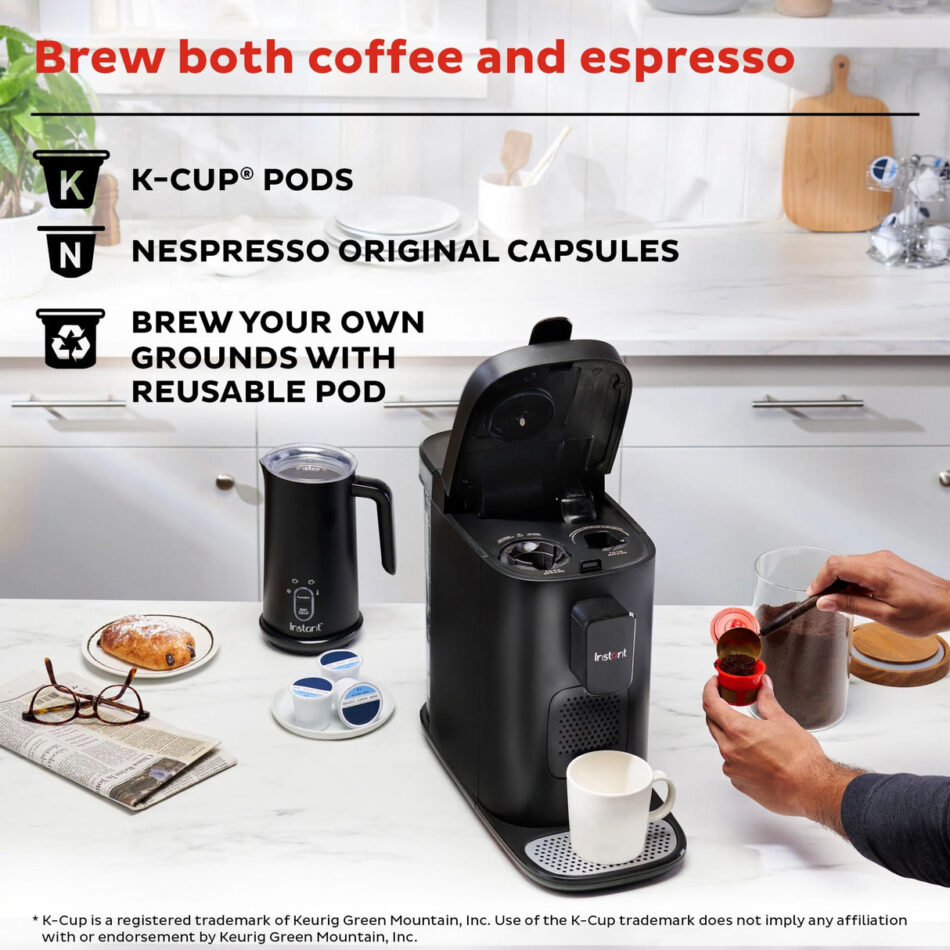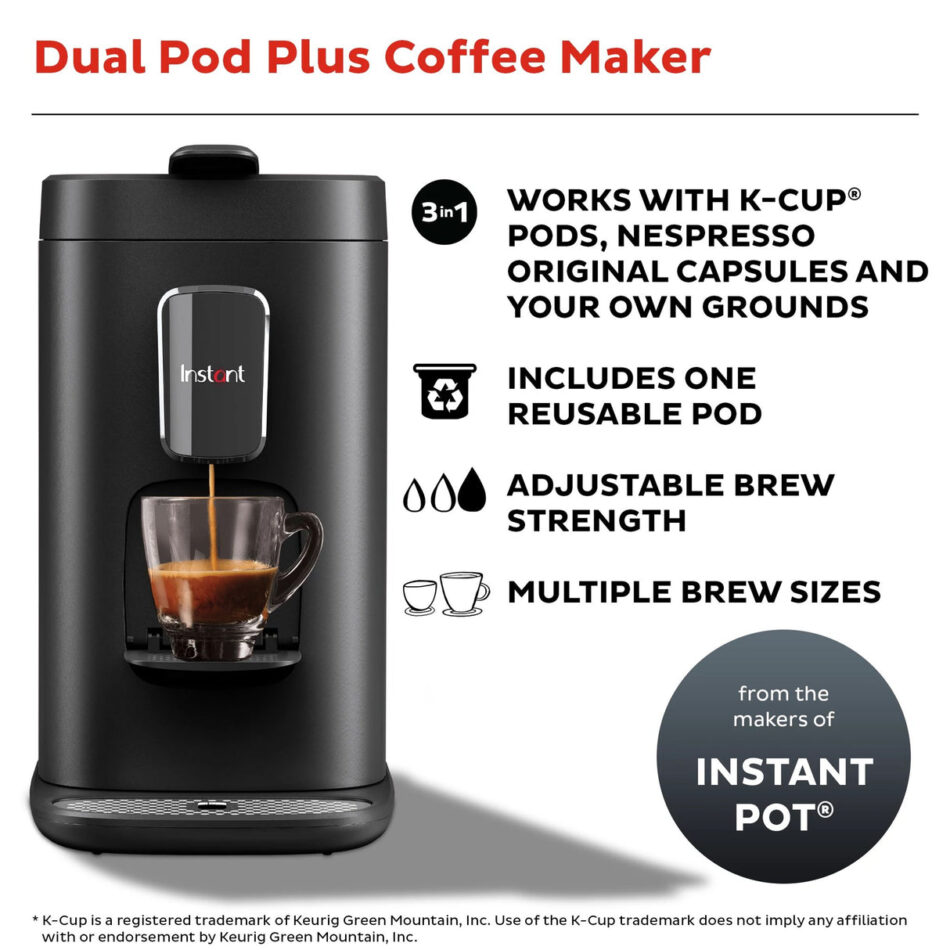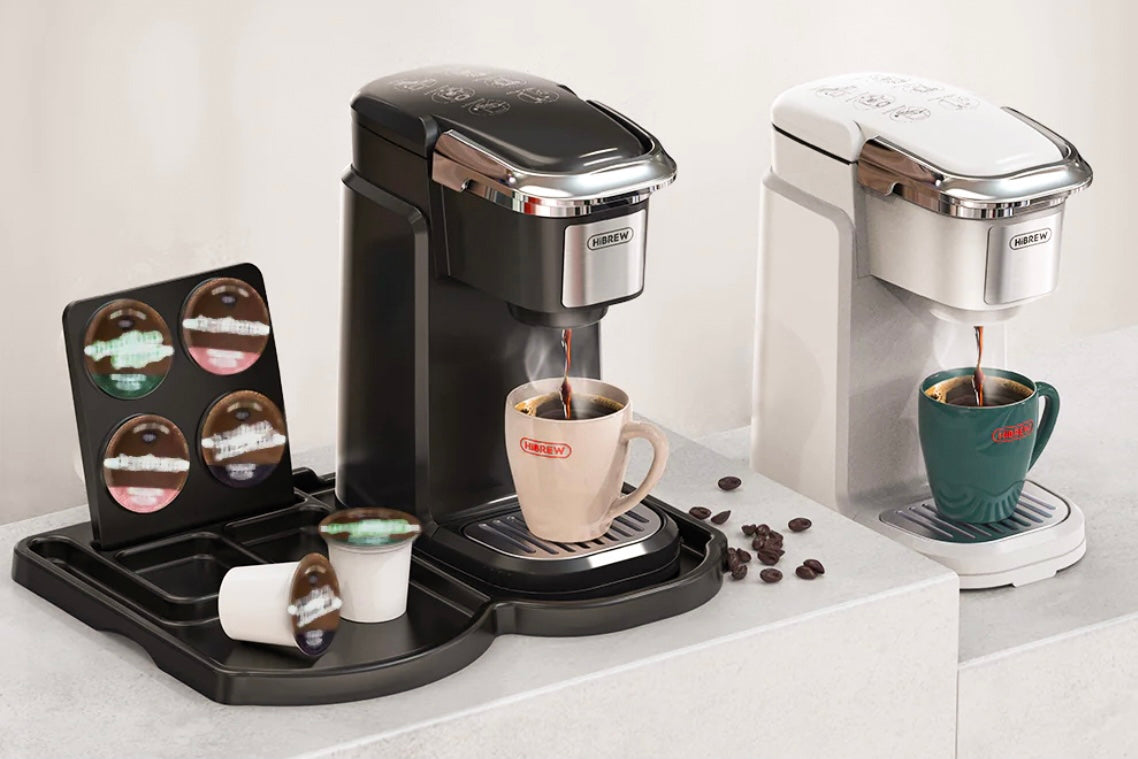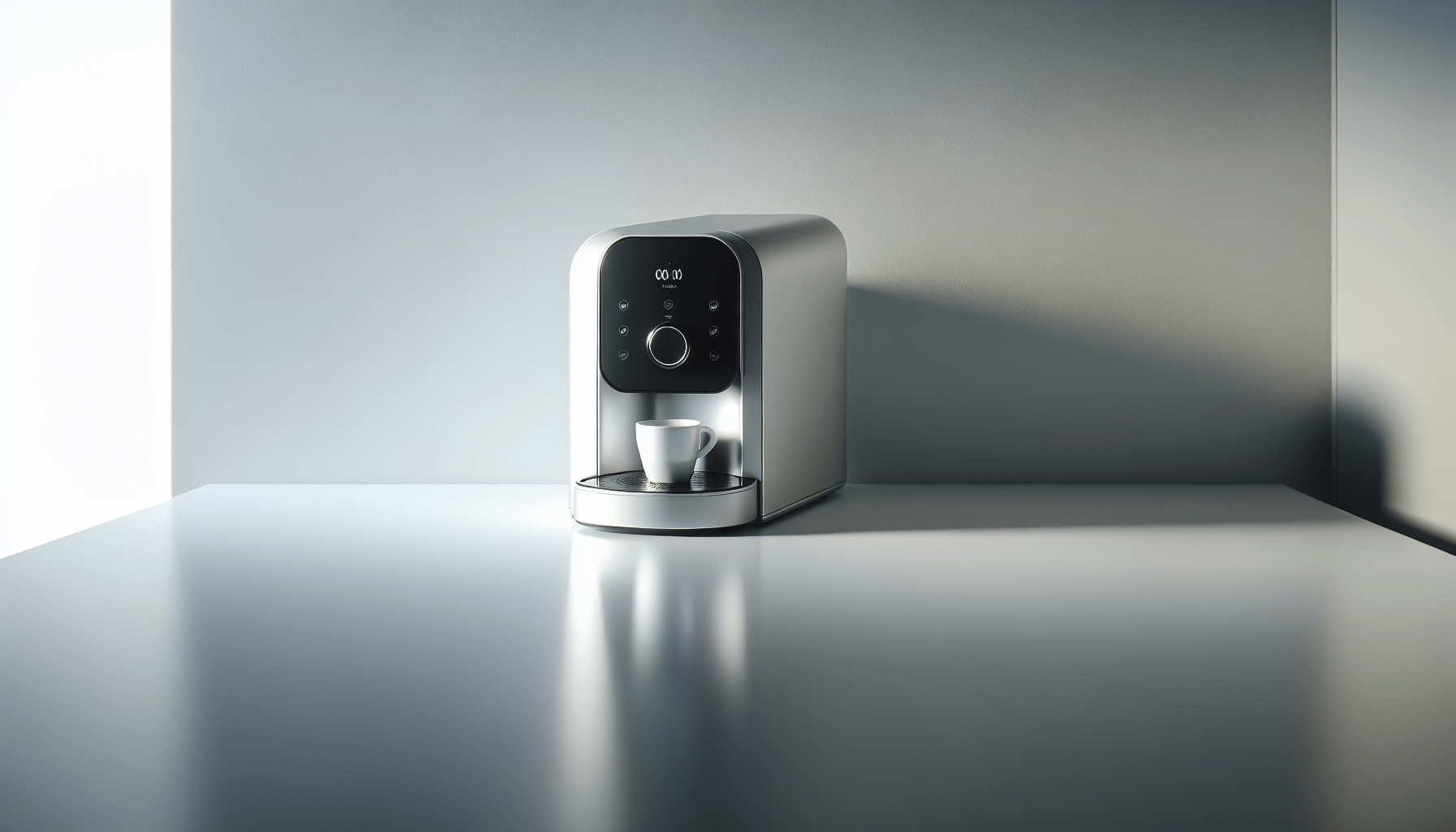Have you ever thought about the impact that brewing temperature can have on the flavor of your coffee from a pod coffee maker? By adjusting the temperature settings, you can unlock a whole new world of flavors and aromas in your morning cup. Whether you prefer your coffee bold and robust or smooth and mellow, tweaking the brewing temperature could be the key to discovering your perfect cup of joe. So why not take your morning routine to the next level and experiment with different brewing temperatures in your pod coffee maker? Who knows, you might just find your new favorite brew. Have You Ever Experimented With Different Brewing Temperatures In Your Pod Coffee Maker?
Have you ever wondered how the temperature of water affects the taste of your coffee when using a pod coffee maker? In this article, we will explore the impact of brewing temperatures on the flavor of your coffee and how you can experiment with different temperatures to find your perfect cup. Let’s dive in!
Understanding the Importance of Brewing Temperature
Brewing temperature plays a crucial role in determining the quality and taste of your coffee. The temperature of the water affects the extraction of flavors from the coffee grounds. If the water is too hot, it can lead to over-extraction, resulting in a bitter and unpleasant taste. On the other hand, if the water is too cold, it may not be able to extract enough flavor from the coffee grounds, leading to a weak and unsatisfying cup of coffee.
Why is Brewing Temperature Important in Coffee Brewing?
Think of brewing temperature as the Goldilocks principle – not too hot, not too cold, but just right. The ideal brewing temperature for coffee is typically between 195°F to 205°F (90°C to 96°C). This temperature range allows for optimal flavor extraction from the coffee grounds without causing bitterness or a weak taste.
How Does Temperature Affect Coffee Extraction?
When hot water comes into contact with coffee grounds, it dissolves the soluble compounds present in the coffee, such as sugars, acids, and oils. The temperature of the water determines how quickly these compounds are extracted. If the water is too hot, it can lead to rapid extraction of bitter compounds, resulting in an overly bitter and harsh taste. On the other hand, if the water is too cold, it will not be able to fully extract the desired flavors, leading to a lackluster cup of coffee.
Experimenting with Brewing Temperatures in Your Pod Coffee Maker
Now that you understand the importance of brewing temperature in coffee brewing, it’s time to experiment with different temperatures in your pod coffee maker. Most pod coffee makers have preset brewing temperatures, but some models allow you to adjust the temperature manually. Here are some tips for experimenting with brewing temperatures:
1. Start with the Manufacturer’s Recommendations
Before you start experimenting with different brewing temperatures, it’s a good idea to check the manufacturer’s recommendations for your pod coffee maker. Some manufacturers provide guidelines on the ideal brewing temperature for their pods, which can serve as a good starting point for your experiments.
2. Measure the Temperature of the Water
To accurately determine the brewing temperature of your pod coffee maker, consider using a thermometer to measure the temperature of the water as it enters the brewing chamber. This will give you a better understanding of the actual brewing temperature and help you make adjustments accordingly.
3. Experiment with Different Temperature Settings
If your pod coffee maker allows you to adjust the brewing temperature manually, start by experimenting with different temperature settings. Brew a few cups of coffee using different temperature settings and note the difference in flavor and aroma. This trial-and-error approach will help you find the optimal temperature that suits your taste preferences.
4. Consider the Type of Coffee Pod
Different types of coffee pods may require different brewing temperatures to bring out their optimal flavors. For example, darker roast coffee pods may benefit from slightly higher brewing temperatures to extract their rich, bold flavors, while lighter roast coffee pods may be more delicate and require lower temperatures to preserve their subtle nuances.
5. Take Note of Your Preferences
As you experiment with different brewing temperatures, pay attention to your taste preferences. Do you prefer a smoother, milder coffee with lower temperatures, or a bold, robust coffee with higher temperatures? By keeping track of your preferences, you can fine-tune the brewing temperature to create your perfect cup of coffee.

The Impact of Brewing Temperature on Coffee Flavor
The brewing temperature not only affects the overall taste of your coffee but also influences specific flavor profiles. Here are some common flavor characteristics associated with different brewing temperatures:
| Brewing Temperature | Flavor Profile |
|---|---|
| 195°F to 200°F (90°C to 93°C) | Bright and acidic flavors, fruity notes |
| 200°F to 205°F (93°C to 96°C) | Balanced and well-rounded flavors, caramel sweetness |
| Above 205°F (96°C) | Rich and intense flavors, bitter notes |
Brewing Temperature and Acidity
A lower brewing temperature typically leads to a brighter and more acidic cup of coffee. The acids present in the coffee beans are more pronounced at lower temperatures, resulting in a tangy and refreshing flavor profile. If you enjoy a more vibrant and citrusy coffee, experimenting with lower brewing temperatures may enhance these acidic notes.
Brewing Temperature and Sweetness
On the other hand, higher brewing temperatures tend to promote the extraction of sugars from the coffee grounds, resulting in a sweeter and more balanced cup of coffee. Caramelization of sugars occurs at higher temperatures, adding a subtle sweetness and depth to the flavor profile. If you prefer a coffee with a rich and sweet taste, aiming for higher brewing temperatures may be the way to go.
Brewing Temperature and Bitterness
Excessive bitterness in coffee is often the result of over-extraction, which can occur when brewing temperatures are too high. The bitter compounds present in the coffee beans are extracted more rapidly at higher temperatures, leading to a harsh and unpleasant taste. By experimenting with lower brewing temperatures, you can reduce the risk of bitterness and achieve a smoother and more enjoyable cup of coffee.

Tips for Achieving Consistent Brewing Temperatures
To ensure that you achieve consistent and accurate brewing temperatures in your pod coffee maker, consider the following tips:
1. Preheat Your Coffee Maker
Preheating your pod coffee maker before brewing can help maintain a consistent brewing temperature throughout the brewing process. This step ensures that the water reaches the desired temperature quickly and reduces the risk of temperature fluctuations that can affect the extraction of flavors.
2. Clean and Descale Your Coffee Maker Regularly
Buildup of mineral deposits and debris inside your coffee maker can interfere with the heating elements and affect the brewing temperature. To prevent this, it’s essential to clean and descale your coffee maker regularly according to the manufacturer’s instructions. This maintenance routine can help maintain optimal brewing temperatures and extend the lifespan of your coffee maker.
3. Use Filtered Water
The quality of the water you use can also impact the brewing temperature and overall flavor of your coffee. Consider using filtered water to ensure that impurities and minerals that can alter the brewing temperature are removed. Pure, clean water can help you achieve a more consistent and enjoyable coffee experience.
4. Experiment with Pre-Infusion
Some pod coffee makers offer a pre-infusion feature that wets the coffee grounds before the brewing process begins. This step allows the coffee to bloom and release gases trapped within the grounds, resulting in better flavor extraction. Experimenting with pre-infusion settings can help you achieve a more balanced and flavorful cup of coffee.
5. Take Note of Ambient Temperature
The ambient temperature of your brewing environment can also affect the brewing temperature of your coffee maker. If your coffee maker is exposed to extreme heat or cold, it may struggle to reach the desired temperature for brewing. Consider placing your coffee maker in a stable environment to ensure consistent brewing temperatures.

Conclusion
Experimenting with different brewing temperatures in your pod coffee maker is a fun and rewarding way to explore the nuances of coffee flavors. By understanding the impact of brewing temperature on coffee extraction and flavor profiles, you can tailor your brewing process to suit your taste preferences. Whether you prefer a bright and acidic cup or a rich and sweet brew, adjusting the brewing temperature can help you achieve your perfect cup of coffee. So go ahead, grab your favorite coffee pods, and start experimenting with brewing temperatures to elevate your coffee experience!




